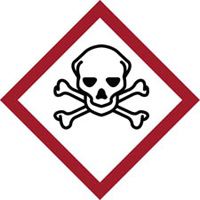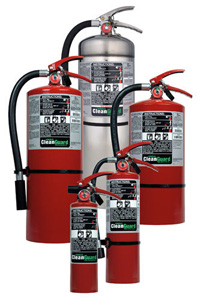| The Home page of ILPI's Safety Data Sheet (SDS) Resource, the leader in SDS information since 1995! | |
| The history and philosophy behind this resource. | |
| A curated collection of books and reference materials concerning Safety Data Sheets and closely related topics. | |
| Paste your plain text SDS into the SDS-Demystifier, and it will be converted into a hypertext-enriched document with links to detailed explanations of each key term. | |
| An extensive list of frequently asked questions about Safety Data Sheets including regulations, content, compliance, and more. | |
| A humorous take on Safety Data Sheet jargon. Fill in the blanks on our entry form to generate a personalized Unsafety Data Sheet to share with your coworkers. | |
| Since 1995, we've maintained this massive curated list of the best places to find Safety Data Sheets on the Internet. | |
| You are here! Way more than a glossary, this hypertext-enhanced resource covers hundreds of SDS-related terms and expert knowledge. Each entry includes both the SDS relevance and links to additional authoritative resources. | |
| Archived results of Safety Data Sheet related polls taken by some of our millions of site visitors | |
| The OSHA regulations behind SDS regulations, including the inspection guidelines and over 400 official interpretations letters under the Hazard Communication Standard | |
| Commercial suppliers of SDS authoring and management software as well as cloud compliance services. | |
| Commercial companies that will create SDS's for your specific needs as well as SDS translation companies. |

Safety signs, banners, and scoreboards? Get yours at Safety Emporium!
Definition

Get your GHS-compliant labels and signs from Safety Emporium.
A neurotoxin is a toxic agent or substance that inhibits, damages or destroys the tissues of the nervous system, especially neurons, the conducting cells of your body's central nervous system. This is an example of a cytotoxin.
Neurotoxic is the adjective form. For example, organophosphates are neurotoxic pesticides.
Neurotoxicity is a form of toxicity caused by a neurotoxin.
Neurotoxicology studies the effects of toxic substances on the nervous system. A neurotoxicologist is one who studies neurotoxins and their effects.
Additional Info
Neurotoxic effects cover a wide range including behavior changes, seizures, altered sensations, tingling or numbness in the limbs, memory loss, and even death. See the links under Further Reading for specifics.
One unfortunately common neurotoxin is the linear chain alkane, n-hexane, a commonly used solvent and degreaser. OSHA's permissible exposure limit of 500 ppm for this material is believed by some experts to be at least an order of magnitude too high to adequately protect workers. The other (branched) isomers of n-hexane do not exhibit neurotoxicity, so consider switching one of those or heptane to avoid workplace exposure. Detailed information can be found in ATSDR's Toxicological Profile for n-Hexane.
Heavy metals such as lead are another common class of neurotoxins.
SDS Relevance
Safety Data Sheets should warn the reader of neurotoxic dangers in Section 11 (toxicological information). Both acute and chronic (long and short-term) exposure to certain organic chemicals can cause a variety of health problems including narcosis, anesthesia, CNS (central nervous system) depression, respiratory arrest, unconsciousness, coma, and death. See the first link below for more information.
Treat neurotoxins with great respect. The potential for long-lasting or permanent effects from exposure means you should avoid the use of neurotoxins whenever possible. If you must use them, consult Section 8 (exposure controls/personal protection) of the SDS for proper controls which can minimize the number of exposed workers (such as fume hoods) as well as personal protective equipment such as respirators, gloves etc.
Further Reading

Protect your workplace with clean agent fire extinguishers from Safety Emporium.
- Scientific review on the link between the narcotic effects of solvents and (developmental) neurotoxicity a 2017 report prepared for the European Chemicals Agency (ECHA).
- Neurotoxicants at RISCTOX.
- NIOSH has a good article titled Organic Solvent Neurotoxicity.
- The Centers for Disease Control (CDC) document n-Hexane Related Peripheral Neuropathy Among Automotive Technicians: California, 1999-2000.
- The University of Washingtons' web site "Neuroscience for Kids" has a page on neurotoxins, including lots of info on naturally venomous animals.
- The U.S. EPA's National Center for Environmental Assessment's Guidelines for Neurotoxicity Risk Assessment.
- Neurotoxicity Risk Assessment For Human Health: Principles And Approaches by IPCS INCHEM, a collaboration between the International Programme on Chemical Safety (IPCS) and the Canadian Centre for Occupational Health and Safety (CCOHS).
- An archived copy of A Comprehensive Listing of Neurotoxins by NeuroResearch, courtesy of the Internet Wayback Machine.